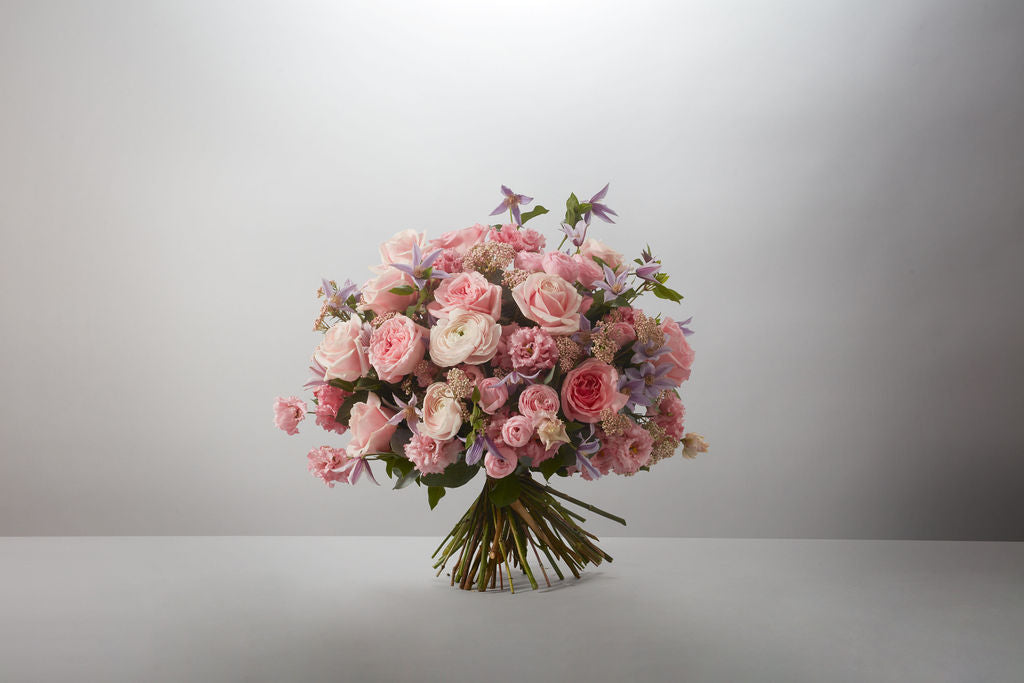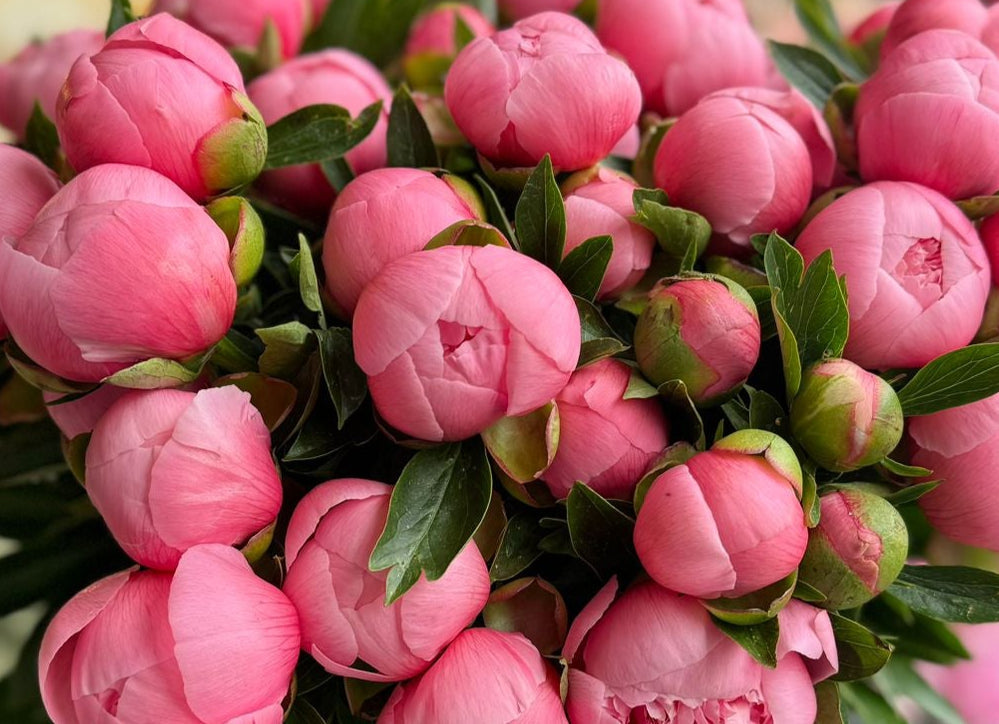Unveiling the Timeless Elegance of the Rose: A Deep Dive into the World of This Enchanting Flower

The rose, often referred to as the "queen of flowers," has captivated humanity for centuries with its beauty, fragrance, and rich symbolism. From ancient civilisations to modern-day celebrations, this flower transcends time, cultures, and beliefs, representing love, passion, purity, and elegance. In this blog, we will take a closer look at the history, symbolism, and cultural significance of the rose, uncovering why it continues to be the flower of choice for many.
Historical Roots of the Rose
Ancient Origins
The rose’s story dates back over 35 million years, with fossil evidence suggesting that it first bloomed in Asia. Over time, it spread across the Northern Hemisphere, with early cultivation documented in China over 5,000 years ago. In ancient Egypt, roses were associated with luxury, power, and beauty, often used in rituals and cosmetics believed to have rejuvenating properties. These early uses set the foundation for the rose's enduring legacy as a symbol of elegance.
Mythological Significance
Roses were heavily intertwined with mythologies in ancient cultures. In Greek mythology, Aphrodite, the goddess of love, created the red rose from her tears mixed with the blood of her lover, Adonis. Similarly, in Roman mythology, Venus, the goddess of love, was closely linked to roses, cementing the flower's place as a symbol of passion and devotion.
Cultural Impact
During the Han Dynasty in China (206 BCE–220 CE), the rose was so revered that its cultivation led to land shortages for food crops. In medieval Europe, the rose became a symbol of purity and was frequently featured in religious art and ceremonies. The rose's presence in such diverse cultures highlights its universal appeal and enduring significance.

Symbolism Across Cultures
The rose's meaning changes depending on its colour and the cultural context in which it is presented.
Western Culture
- Red Roses: Symbolising love, passion, and desire.
- White Roses: Representing purity, innocence, and new beginnings.
- Yellow Roses: Often associated with friendship, but historically linked to jealousy in Victorian England.
Eastern Culture
- China: Roses are symbols of luxury, wealth, and prosperity.
- India: Integral to religious ceremonies, roses are also valued for their medicinal properties and used in festivals like Diwali.
Modern Interpretations
- Red Roses: Still universally recognised as a symbol of romantic love.
- Lavender Roses: Represent enchantment, grace, and mystery.
- Black Roses: While often viewed as symbols of mourning, in some cultures, they also signify rebirth or new beginnings.

The Language of Roses: Floriography
Floriography, or the "language of flowers," assigns unique meanings to different rose colours and even the number of roses gifted. Here's a guide to the symbolism behind rose colours:
| Colour | Meaning |
|---|---|
| Red | Love and passion |
| White | Purity and new beginnings |
| Yellow | Friendship and joy |
| Pink | Grace and admiration |
| Orange | Enthusiasm and excitement |
| Purple | Enchantment and royalty |
| Black | Mourning or rebirth |
Additionally, the number of roses gifted carries specific meanings:
- One Rose: Love at first sight.
- A Dozen Roses: "Be mine."
- Fifty Roses: Boundless, unconditional love.
Roses in Literature and Art
The rose's beauty has inspired countless writers and artists throughout history. In William Shakespeare's Romeo and Juliet, he famously wrote, “A rose by any other name would smell as sweet,” a phrase that underscores the flower’s intrinsic value. The rose continues to be a central figure in literature, poetry, and art, symbolising deep emotions and transcending language and time.
Modern-Day Celebrations
Roses remain a central part of many modern celebrations, particularly those dedicated to love and admiration.
- Valentine's Day: A day synonymous with red roses, representing love and romance.
- Weddings: White roses, often seen in wedding bouquets, symbolise purity and new beginnings.
- Mother’s Day: Pink or peach roses are commonly given to express gratitude and admiration for mothers.
Conclusion: Timeless Elegance
The rose's enduring appeal lies not only in its stunning appearance but also in its rich symbolism, which has transcended time and cultures. Whether presented as a token of love, admiration, or respect, the rose remains a timeless emblem of human emotion. Its elegance and beauty continue to enchant people around the world, making it an eternal symbol of romance and passion.
Shop Our Rose Collection
Explore our curated collection of roses, perfect for any occasion. From luxurious bouquets to timeless gifts, find the perfect rose for your loved one today.




